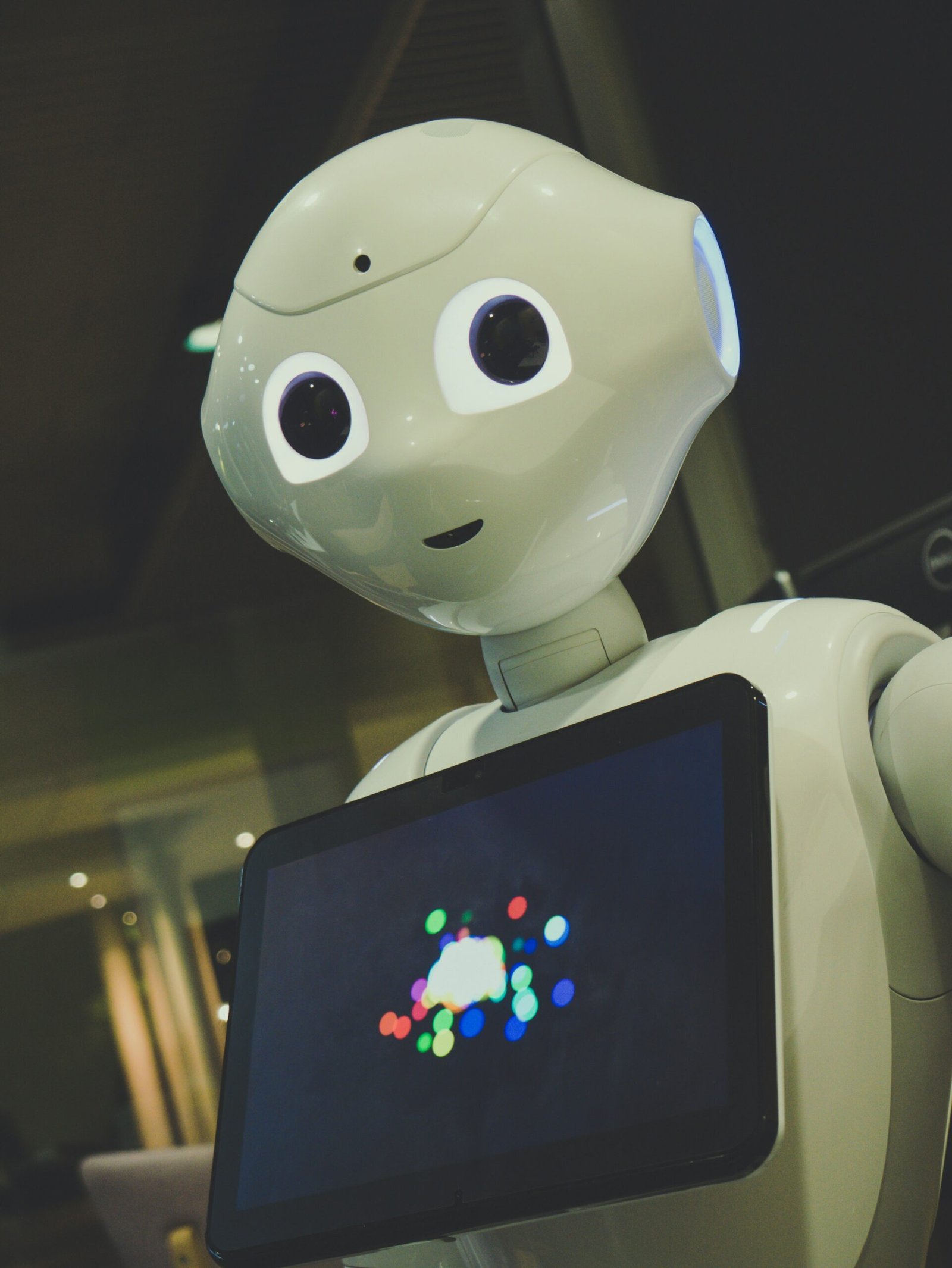Smart city initiatives are transforming urban landscapes across the globe, leveraging technology to enhance the quality of life for citizens. These initiatives aim to improve various aspects of urban living, such as transportation, energy efficiency, public safety, and sustainability. However, the success of these initiatives relies on active community engagement and participation.
One crucial element in fostering community engagement is the user interface (UI) and user experience (UX) design of smart city applications. UI/UX solutions play a vital role in ensuring that citizens can easily access and interact with the various services and features offered by smart city initiatives.
Understanding UI/UX for Smart City Initiatives
UI refers to the visual elements and layout of an application, while UX encompasses the overall experience and usability of the application. In the context of smart city initiatives, UI/UX solutions aim to create intuitive and user-friendly interfaces that enable citizens to navigate through different services and provide feedback.
Effective UI/UX design for smart city applications should consider the diverse needs and abilities of the community. It should be accessible to individuals with disabilities and offer multilingual support to cater to the multicultural nature of cities. Furthermore, the design should be responsive and adaptable to various devices, including smartphones, tablets, and desktop computers.
Enhancing Accessibility and Inclusivity
Accessibility is a crucial aspect of UI/UX design for smart city initiatives. By ensuring that applications are accessible to all citizens, regardless of their physical or cognitive abilities, we can create a more inclusive and equitable urban environment.
UI/UX solutions should incorporate features such as text-to-speech functionality, high contrast options, and adjustable font sizes to accommodate individuals with visual impairments. Additionally, providing alternative input methods, such as voice commands or gesture-based interactions, can benefit individuals with mobility limitations.
Furthermore, multilingual support is essential for smart city applications. Cities are diverse, with residents speaking different languages. By offering language options, we can ensure that all citizens can understand and engage with the services provided by smart city initiatives.
Streamlining User Journeys
UI/UX design should focus on streamlining user journeys within smart city applications. Citizens should be able to easily find the information they need and complete tasks efficiently. Clear and intuitive navigation menus, search functionalities, and well-organized content can greatly enhance the user experience.
Personalization features can also contribute to a more seamless user journey. By allowing users to customize their preferences and receive relevant information tailored to their needs, smart city applications can deliver a more personalized and engaging experience.
Encouraging Feedback and Collaboration
UI/UX solutions should encourage citizens to provide feedback and actively participate in the development and improvement of smart city initiatives. Feedback mechanisms, such as in-app surveys or suggestion forms, can enable citizens to voice their opinions and contribute to the decision-making process.
Furthermore, incorporating social features into smart city applications can foster collaboration and community engagement. Citizens can connect with each other, share ideas, and collectively work towards building a better city.
Conclusion
UI/UX solutions play a crucial role in fostering community engagement in smart city initiatives. By prioritizing accessibility, inclusivity, streamlined user journeys, and feedback mechanisms, we can create user-friendly applications that empower citizens to actively participate in shaping their urban environment.
As smart cities continue to evolve, it is essential to prioritize the needs and preferences of the community. Through thoughtful UI/UX design, we can bridge the gap between technology and citizens, creating a truly connected and engaged urban community.












Leave a Reply